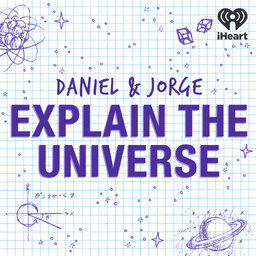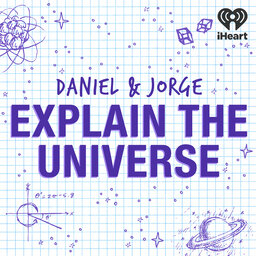How many particles has the Large Hadron Collider discovered?
Daniel and Jorge reveal that the Large Hadron Collider has found much more than just the Higgs boson!
Learn more about your ad-choices at https://www.iheartpodcastnetwork.com
See omnystudio.com/listener for privacy information.
 Daniel and Jorge Explain the Universe
Daniel and Jorge Explain the Universe


